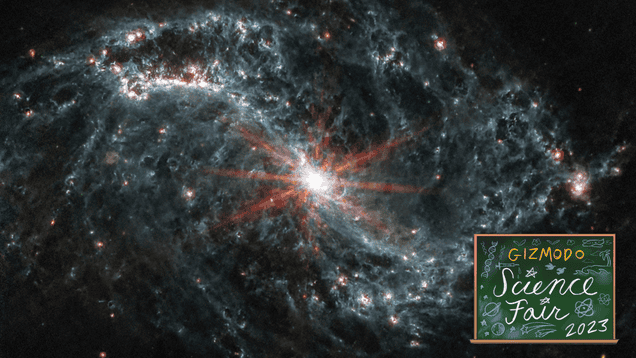
The Webb Space Telescope image processors are winners of the 2023 Gizmodo Science Fair for translating the observatory’s infrared data into awe-inspiring images for the public.

The Webb Space Telescope image processors are winners of the 2023 Gizmodo Science Fair for translating the observatory’s infrared data into awe-inspiring images for the public.
jpstanley/Flickr, CC BY
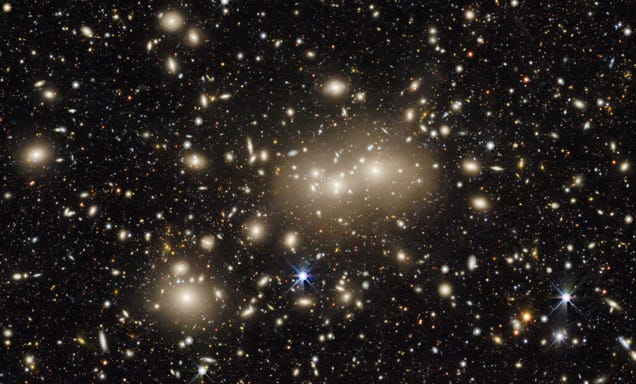
Behold the limitless, crowded cosmos. The Dark Energy Spectroscopic Instrument (DESI) Legacy Imaging Survey has put out its latest data release, increasing the size of the largest 2D sky map.
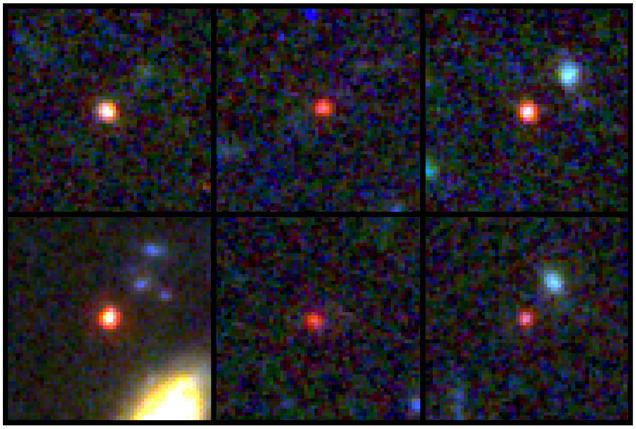
The Webb Space Telescope has spotted six pinpricks of reddish-orange light that scientists say are actually galaxies as mature as the Milky Way—despite being billions of years younger.
Israel’s first space telescope is set to reach geostationary orbit in 2026, and NASA is going to get it there, the agency announced Tuesday.

On January 3, the Solar Orbiter spotted Mercury passing in front of the Sun. The transit of the small, dark orb puts the scale of our solar system into sharp relief.

A new Webb Space Telescope deep field image shows the luminous realm of Pandora’s Cluster (Abell 2744), a pileup of galaxy clusters that formed over the course of 350 million years.
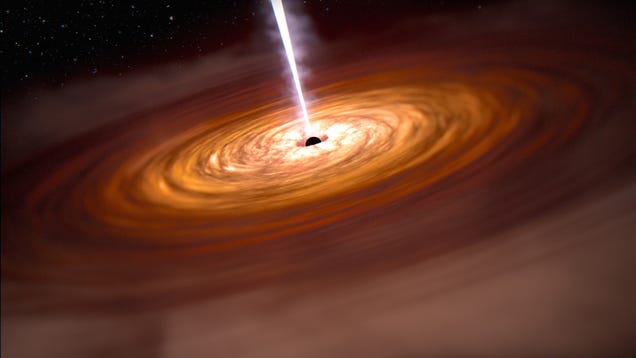
The Event Horizon Telescope, which brought us the first-ever image of a black hole and the first view of the supermassive black hole at the center of our galaxy, has inspected a much brighter target: a quasar.
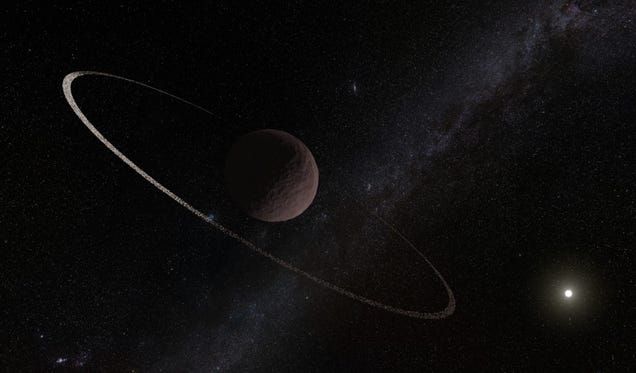
Researchers observing a background star pass behind Quaoar, a dwarf planet in the Kuiper belt, found that the distant object has a ring system unlike any previously found in our solar system.
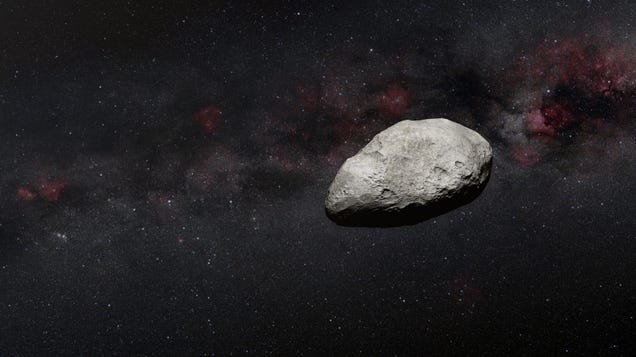
One of the solar system’s 1.1-million-plus asteroids was recently spotted by the Webb Space Telescope, from a distance of about 62 million miles. The asteroid is relatively small, making it a showcase of the new space observatory’s sharp vision.